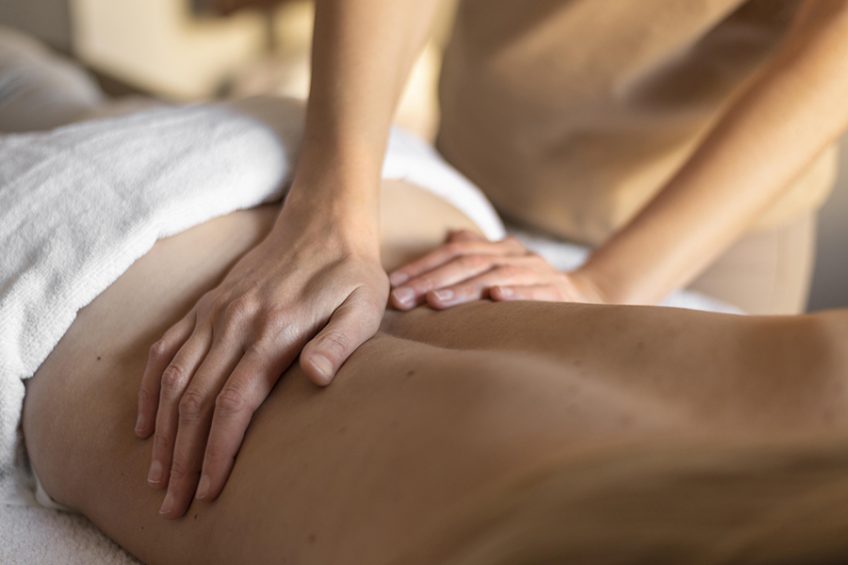Do you feel tense? Massage therapy can help you feel better. If you have mild pain, self-massage can help relieve symptoms and is a convenient and easy way to release tension and discomfort.
During a massage, you use your hands to manipulate your own muscles. This involves kneading the skin and applying pressure to certain areas of the body.
It has many physical and mental benefits, including pain relief and relaxation. If you want to try this kind of massage for pain relief, discover some techniques to help you!
CONTENT:
What are the benefits of self-massage?
Self-massage is a simple and convenient way to enjoy the benefits of massage therapy right at home.
Self-massage can make it easier:
- stress / anxiety;
- headaches;
- digestive disorders;
- muscle tension.
When included in a treatment plan, self-massage could also help manage chronic conditions such as fibromyalgia or arthritis. However, it should not replace regular medical treatment. In addition, if you are given professional massage, self-massage can extend the benefits and help you between sessions.
Self-massage for back pain
Back pain is a very common condition. It can have many causes, including: muscle tension or spasms, nerve irritation, disc damage, structural problems, etc.
Mild forms of exercise, such as walking, yoga or certain types of stretching can help relieve back pain. At the same time, over-the-counter painkillers and the use of warm-up pads or cold compresses on the back can be helpful.
If your back hurts, here are some self-massage techniques you can try:
Self-massage for the lower back (lower area):
- Sit on the floor with your legs crossed. Straighten your back!
- Place your thumbs on each side of the sacrum, the large, triangular, flat bone at the base of the spine.
- Move your thumbs in small circular motions up and down the sacrum.
- Press on any tense points. Pause and release the areas you have put pressure on.
- Continue as you feel and remember to breathe deeply.
Tennis ball massage
You can also massage your back by lying on top of a tennis ball. The pressure of the ball can reduce the tension in the back area.
Steps to follow:
- Lie on the floor, on your back, with your knees bent.
- Place the tennis ball directly under the tense place on the back. Press and hold for 20 to 30 seconds.
- To add more pressure, gently rotate your body, leaning on the tennis ball. You can also cross one ankle over the opposite knee to increase the pressure.
When you’re done, roll off the ball, then get up. Spinning the ball could cause more pain.
The massage technique with a tennis ball can also be used in the following way:
- Position a tennis ball between your lower back and a wall.
- Move your body up and down, or from side to side to find tense areas.
- Apply stronger pressure to the sensitive points to help release tension.
Safety tips
Self-massage is suitable if you have mild pain. If the pain is intense or continuous, it is best to consult your doctor before trying these self-massage techniques!
If you are not sure what is causing the pain, self-massage can make your symptoms worse.
In addition, self-massage and other types of massage may be unsafe in some situations, such as:
- fractures;
- burns;
- injuries;
- bleeding disorders;
- deep vein thrombosis;
- severe osteoporosis;
- severe thrombocytopenia;
- medication to thin the blood;
- cancer.
Notice how you feel during the massage, but also after. If the pain gets worse or doesn’t go away, self-massage may not be the best choice for you.
Consult your doctor if self-massage does not relieve your pain or aggravate it!


